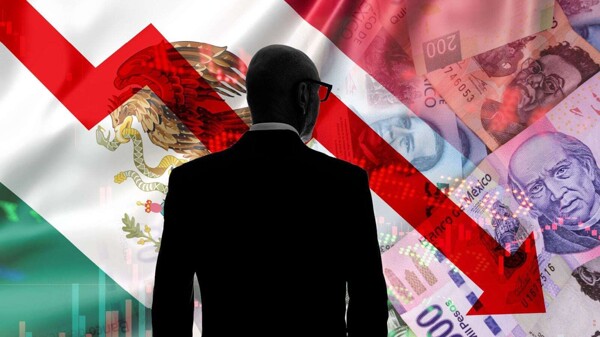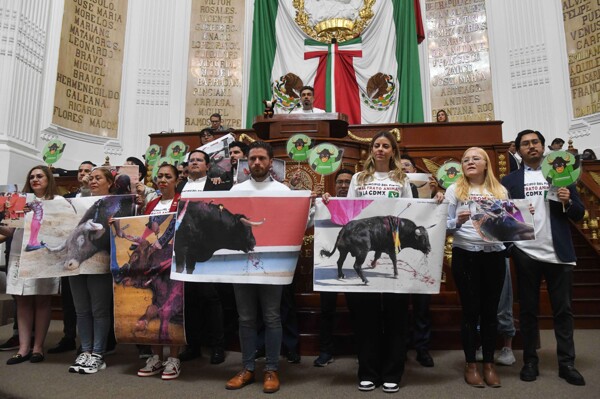
Mexico City has taken a historic step by banning bullfighting as it is currently known, allowing only non-violent spectacles. Specifically in Barcelona, the bullring was converted into a shopping center. France has discussed various initiatives in its Parliament to ban them.
With the decision of CDMX, the Mexican capital joins the global trend of cruelty-free entertainment. This decision rekindles the debate on bullfighting worldwide, where practices vary significantly by country.
One of the most striking examples of bloodless bullfighting is Portugal, where bullfights (touradas) have different characteristics than the Spanish ones. In Portugal, the spectacle revolves around the cavaleiros, riders who face the bull from a horse. In contrast, in Spain, the central figure is the matador on foot, who ends the performance with a fatal thrust.
In Portugal, it is prohibited to kill the bull in the ring, except in two towns near the border with Spain. Instead, the spectacle concludes when the bull is removed from the arena without being sacrificed. There are also modalities like recortes or exhibitions by forcados, where human bravery is the focus without spilling blood.
Bullfighting has lost popularity in Portugal, where the negative image of animal cruelty has reduced public interest. Now it remains to be seen if other entities in Mexico and the world will follow the same path. Globally, more and more countries and regions are debating its prohibition. Catalonia banned bullfighting in 2010, as did Argentina, Brazil, Chile, Colombia, and Uruguay.














